What is the relationship between art and one’s mental state? Do you have to be a little “crazy” in order to make truly great art? Are the different ways that an artist and someone with a different mental state view the world closer than we think? Would we have had Van Gogh’s Starry Night if he wasn’t been treated for delirium at the time that he painted it? Was it the treatment or the symptoms that enabled him to paint it at all?
These sort of philosophical discussions have been circulating in the art world for years now, but nowhere are they put to a more practical test than at the Living Museum, a studio and exhibition space for patients at the Creedmoor Psychiatric Center that has been running since the 1980s and, with more than 10,000 pieces, believe they hold the largest collection of art by people living with psychiatric illnesses in the world.
The museum was established in 1983, as a collaborative effort by psychologist Dr. Janos Marton and political/experimental artist Bolek Greczynski who took over what had once been the cafeteria building(Creedmoor experienced a huge downsizing over the course of the 20th century, and now houses less than a tenth of the number of patients as it did at its peak) and transformed it into a studio space for any patients who wished to use it.
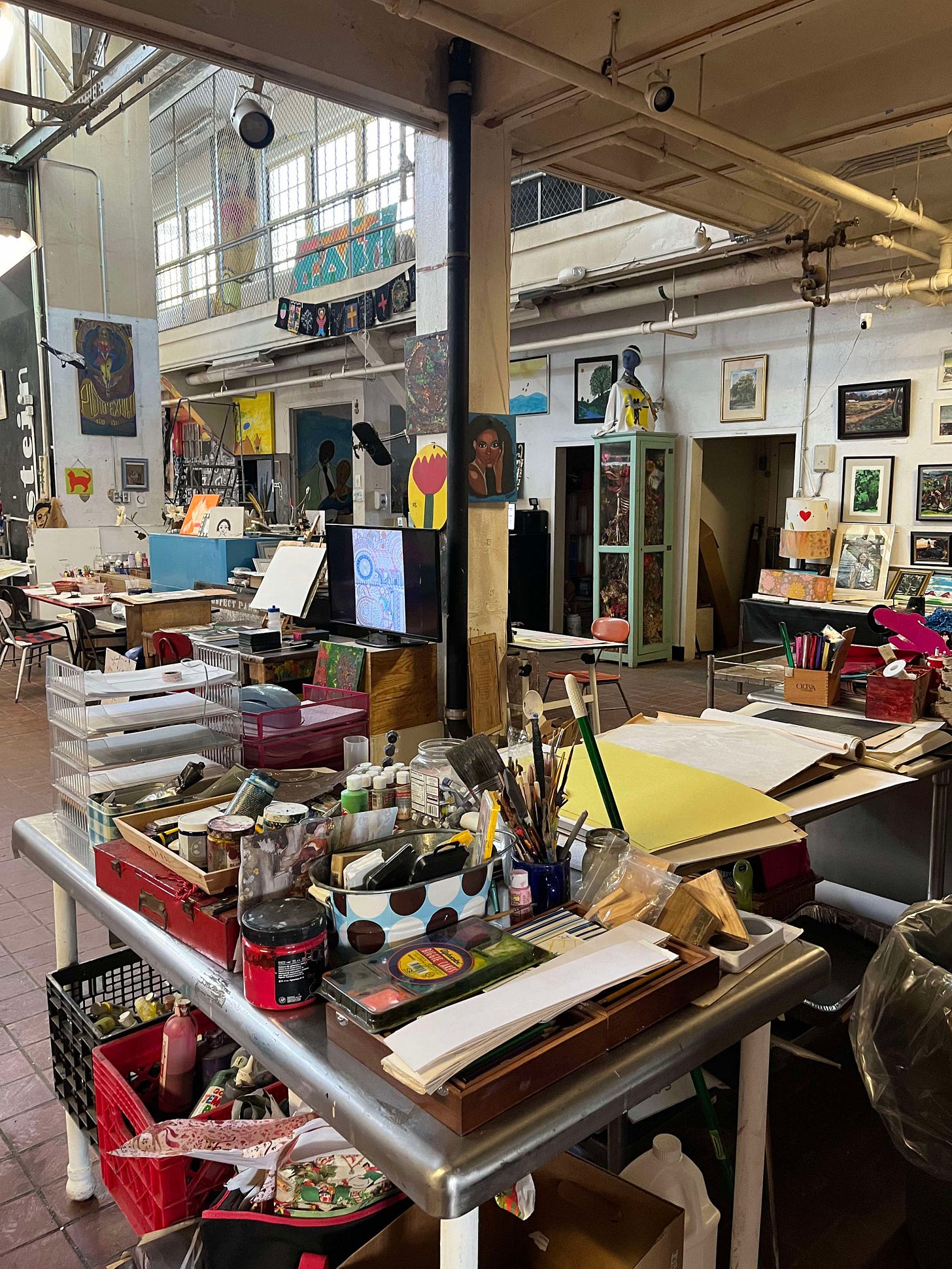
The setup is loosely that there’s a large open space that is ringed on the first floor by ten-ish private studios for the museum’s long-term dedicated artistic residents and ringed on the second floor by rooms often divided by a theme, such as “religion” or “garden”.
We started my tour in the studio of John Tursi, who works primarily in sculpture— these life-sized 3D figures are made entirely from coat hangers that he meticulously bends into the shapes he’s envisioned.
He also dabbles in simple paint-on-canvas— I was told that this series was inspired by him realising that paintings are so often “hung as squares”, but these are deliberately painted to be hung and dispayed as diamond shapes.
A different studio space— other than John Tursi, the names of the artists I’m documenting here appear to not be publicly documented on the museum’s website, so I won’t be recording them here.
There’s a music room on the first floor, where the house band— the DSM-5— rehearses.
This was a really cool piece of installation art— a large glowing paper tent set up in the middle of a room otherwise painted black, even the windows, with a mannequin sitting in perpetual observation.
All the works are framed, set, hung, and otherwise prepared in-house, mostly in this large studio dedicated entirely to framing.
The second floor featured a room filled with pieces from many different artists, all concerned with faith and spirituality. “We have just about every religion represented, I hope,” my guide told me.
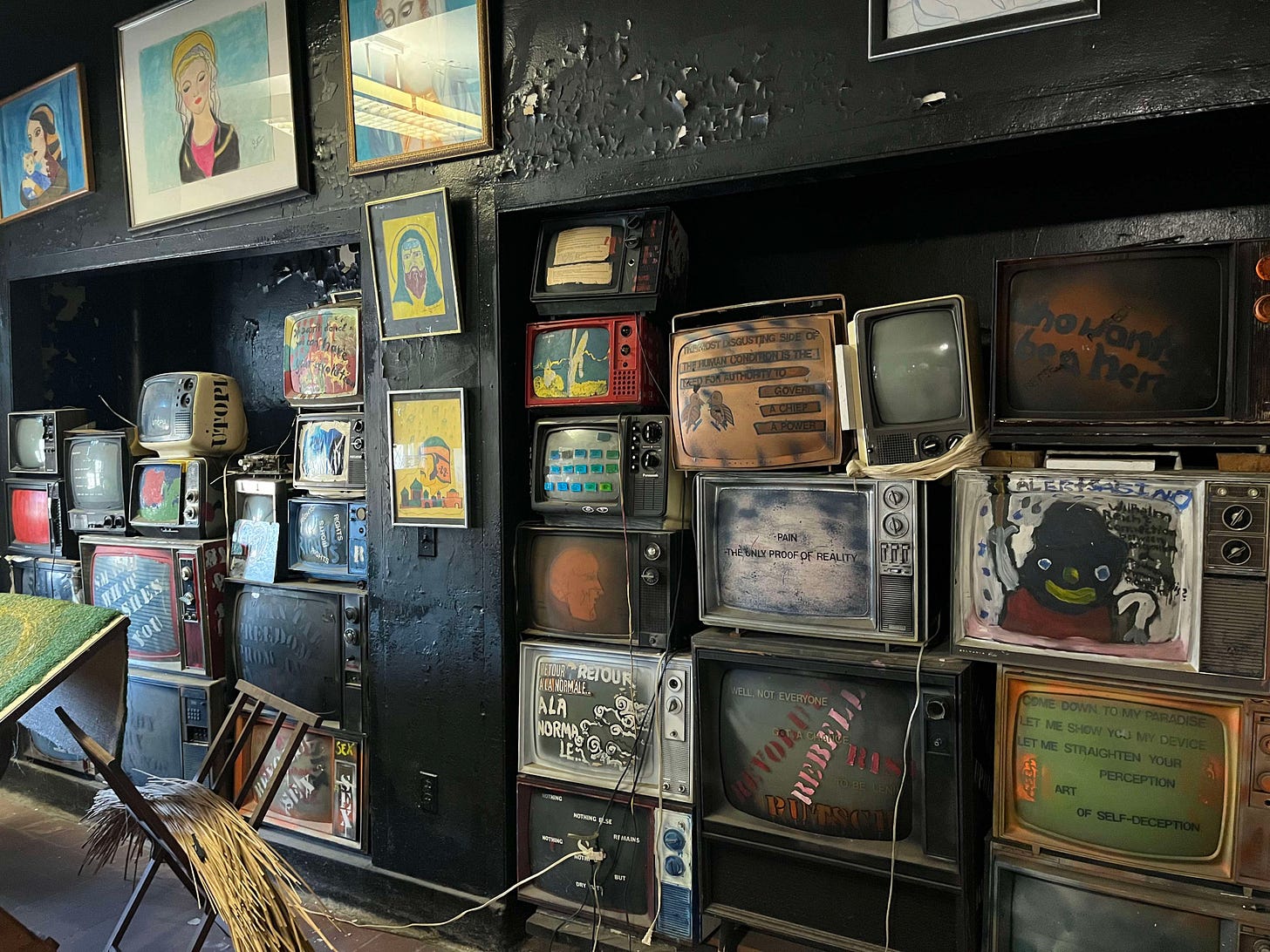
The second floor also featured a breathtakingly gorgeous garden. It was green and lush and bright in a way that I’ve spent the past few months of gray New York City winter absolutely aching for. “I don’t know what it is,” my guide said. “Seems like anything we put in here just wants to grow, so long as we water it.”
The Living Museum is an incredible, unbelievable space. While in other museums I’ve enjoyed having a peek into a curatorial view almost as much as an artistic view— why did the team in this particular space choose to display these particular pieces in this particular order?— the Living Museum is deliberately un-curated in a way that makes it absolutely teeming with fascinating and beautiful pieces, a blossoming petri dish of art in every medium and style you could possibly think of. Anyone can come in and create in Literally Any Way that they like(and I do mean anyone— the emphasis is obviously on the residents but the staff and volunteers are also encouraged to make art in the space. I was warmly invited back on the cheerful condition “but you’ll have to make something next time!”) and they will find someplace to display that art. I feel incredibly moved having only spent about an hour there. I can’t begin to imagine how many lives this museum has changed, in specific and meaningful ways, over the last forty years.
ADMISSION: Free
GIFT SHOP: No
BATHROOM: Yes
WHEELCHAIR ACCESSIBLE: Yes
March 1: Kingsland Homestead
March 8: Lefferts Historic House Museum
March 15: Vacation!
March 22: Leslie-Lohman Museum

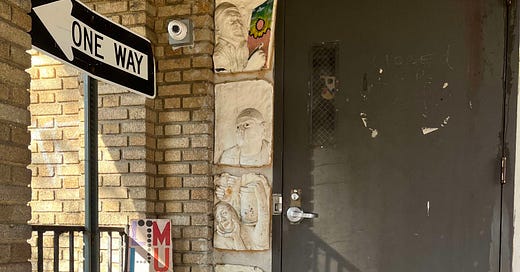



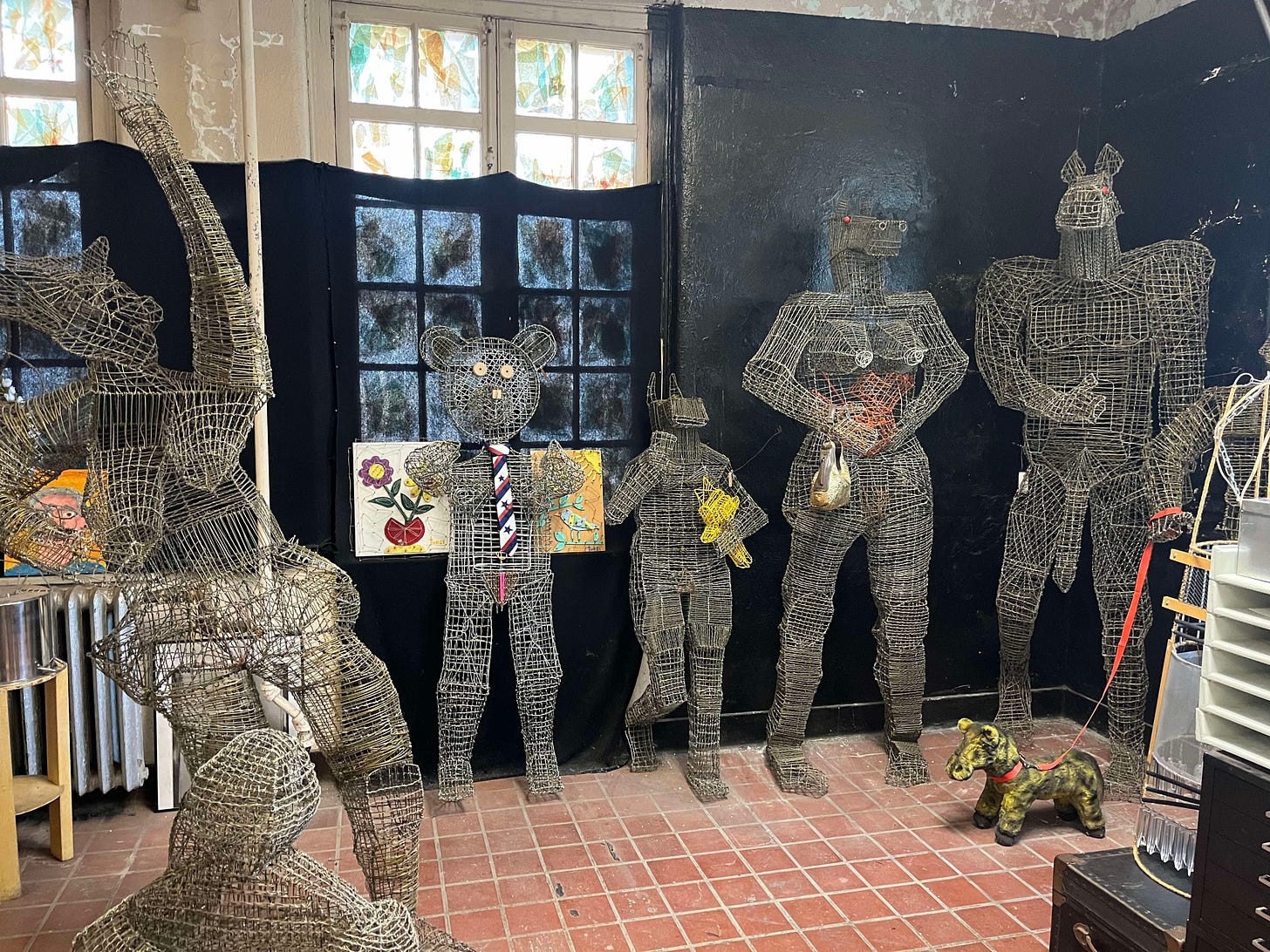
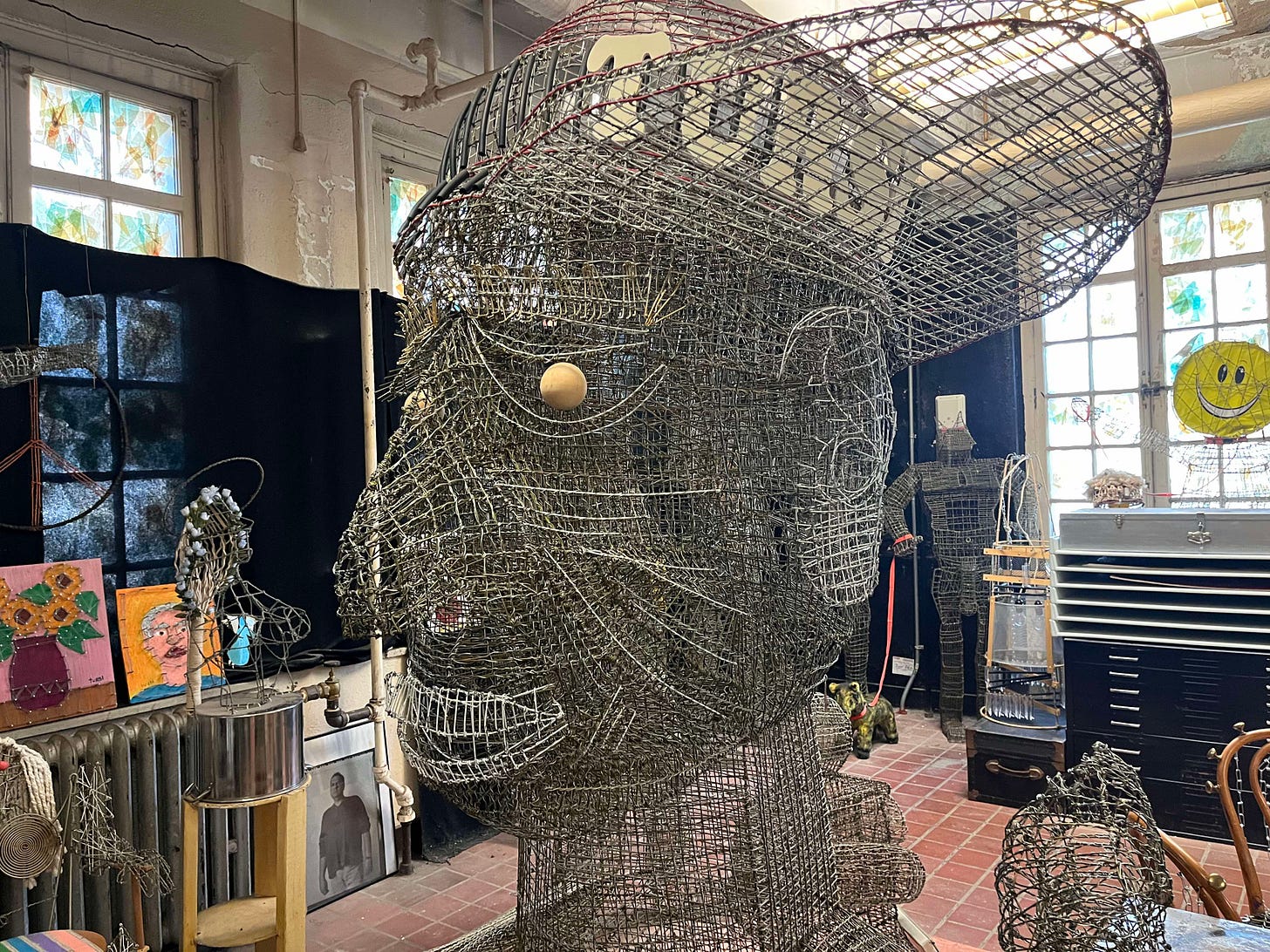
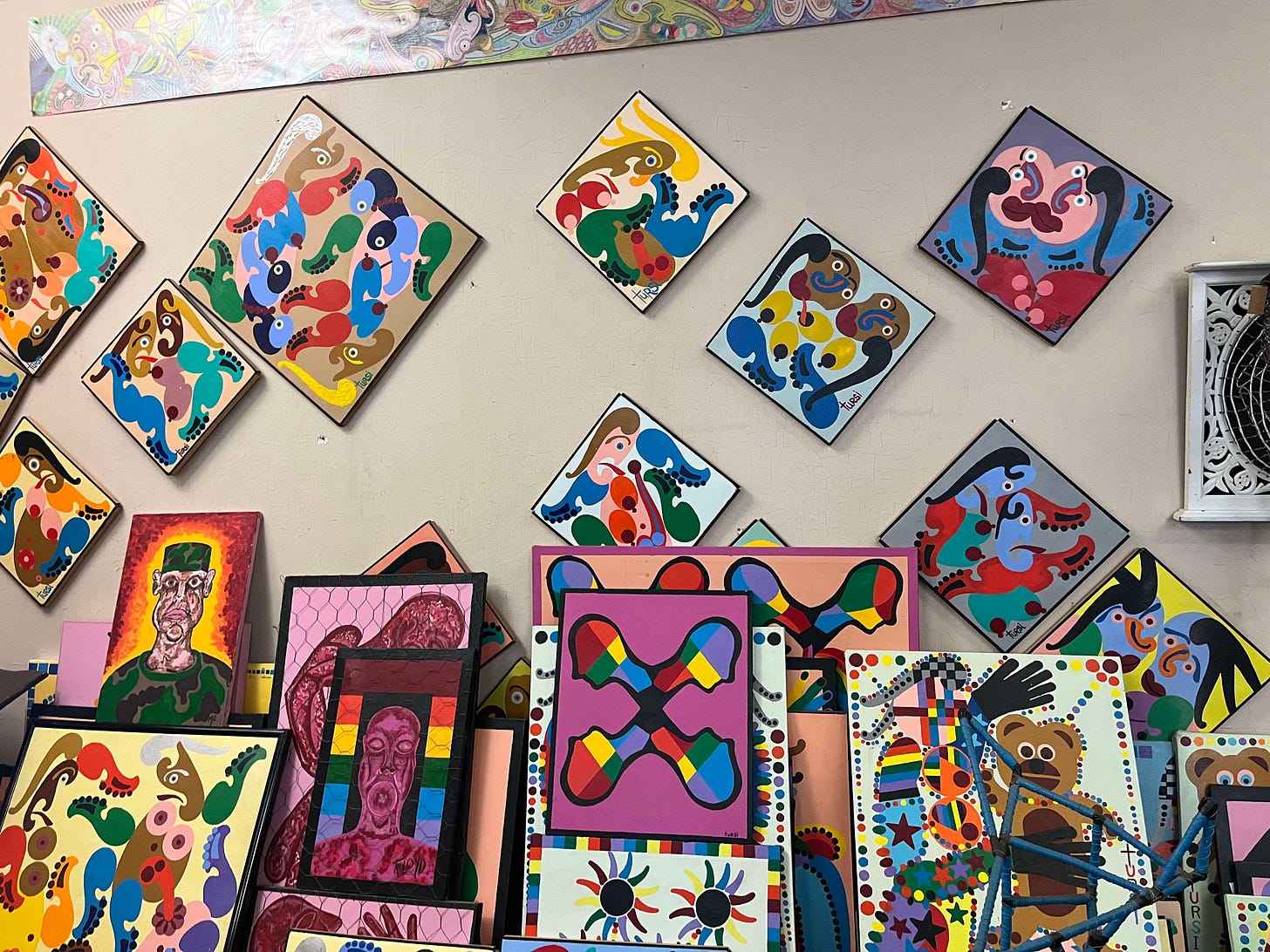
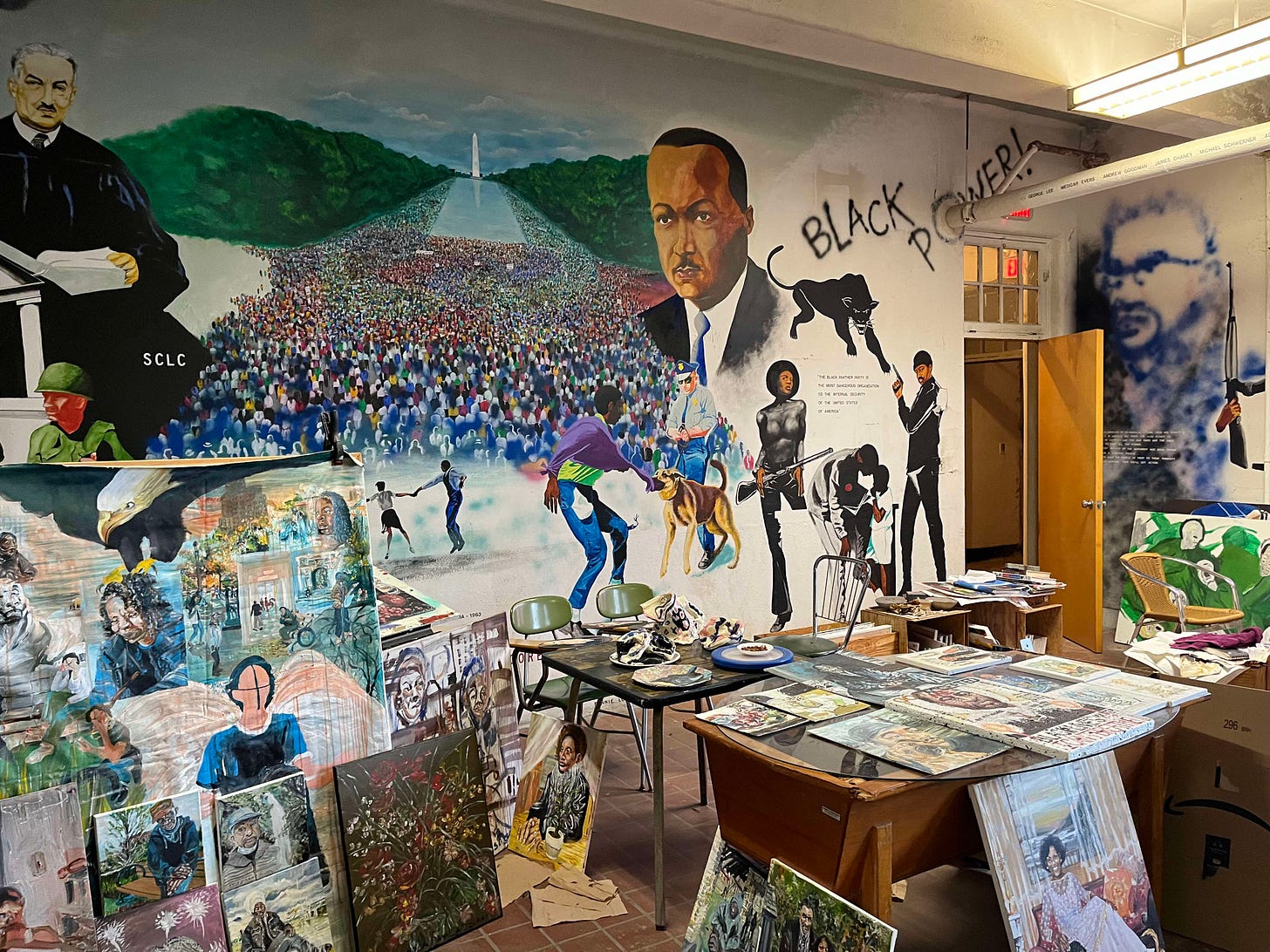
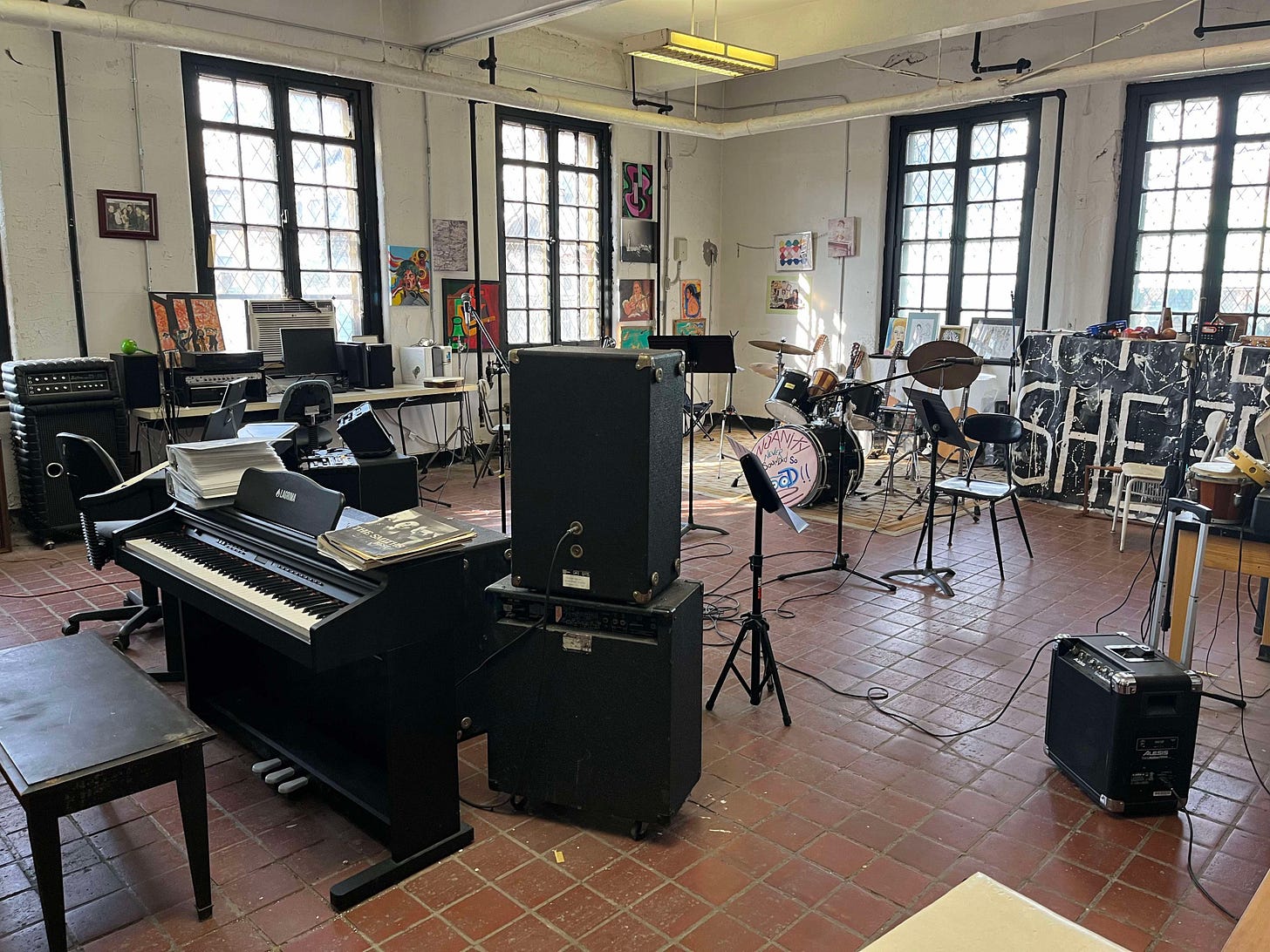
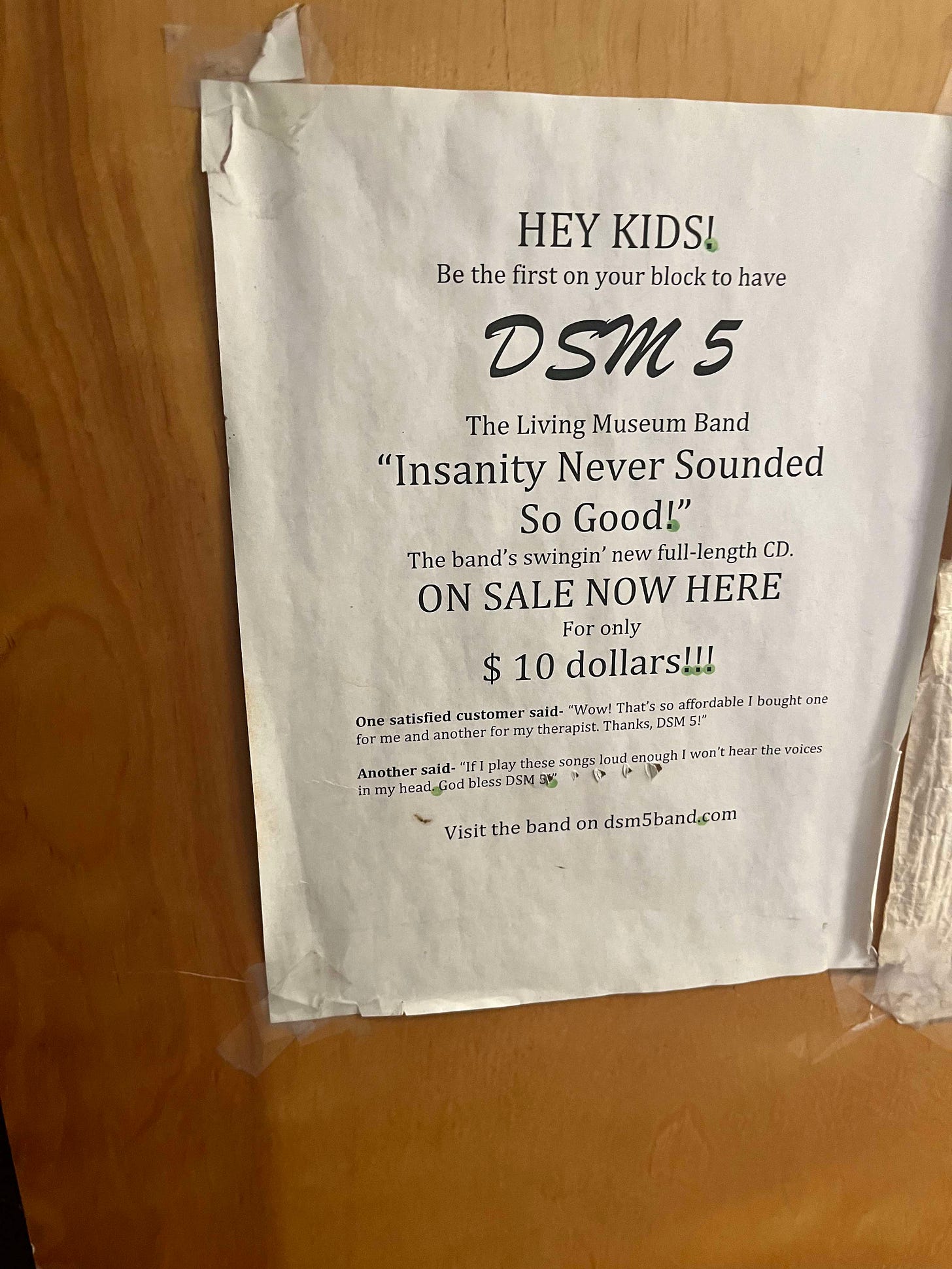
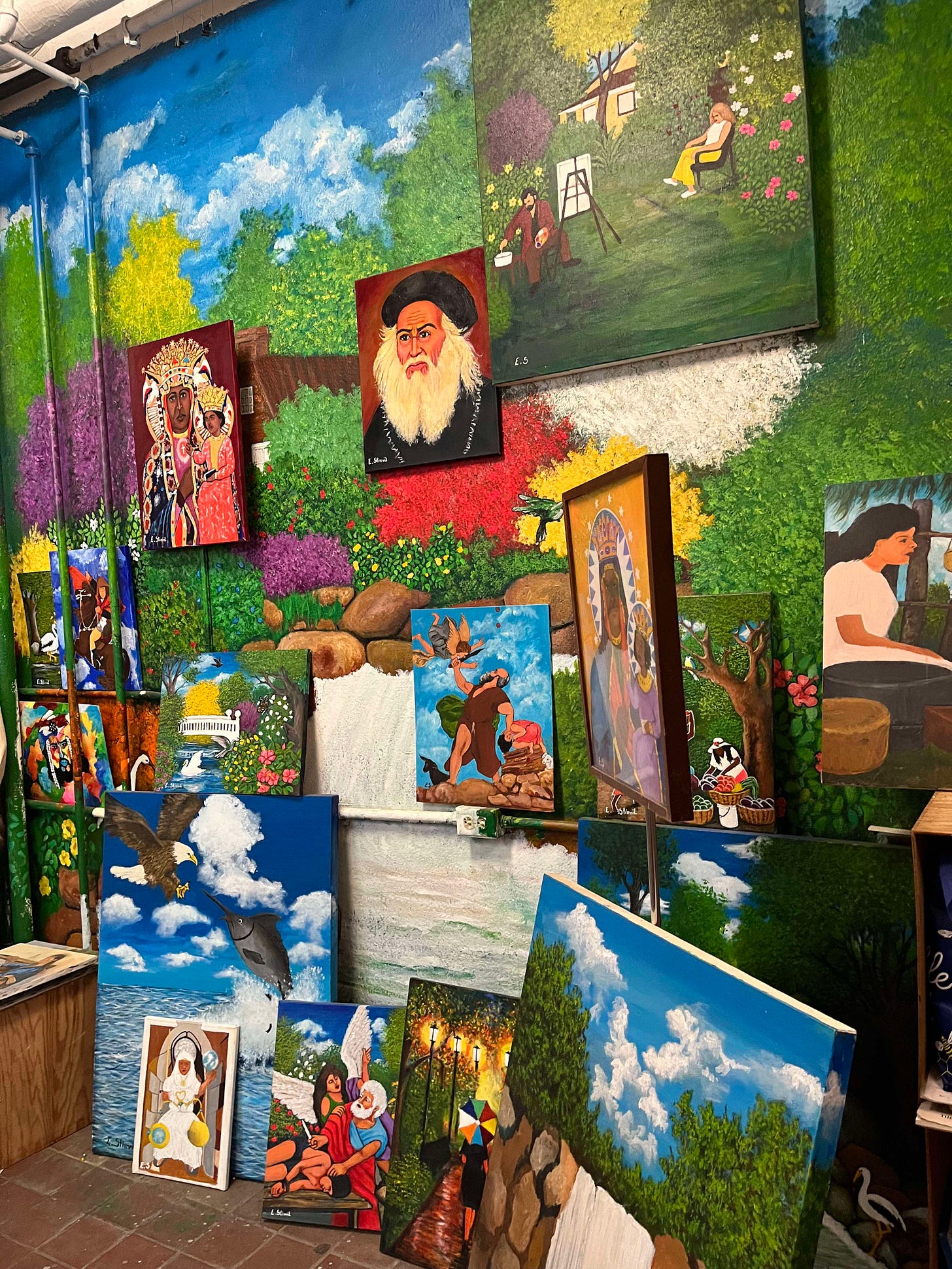
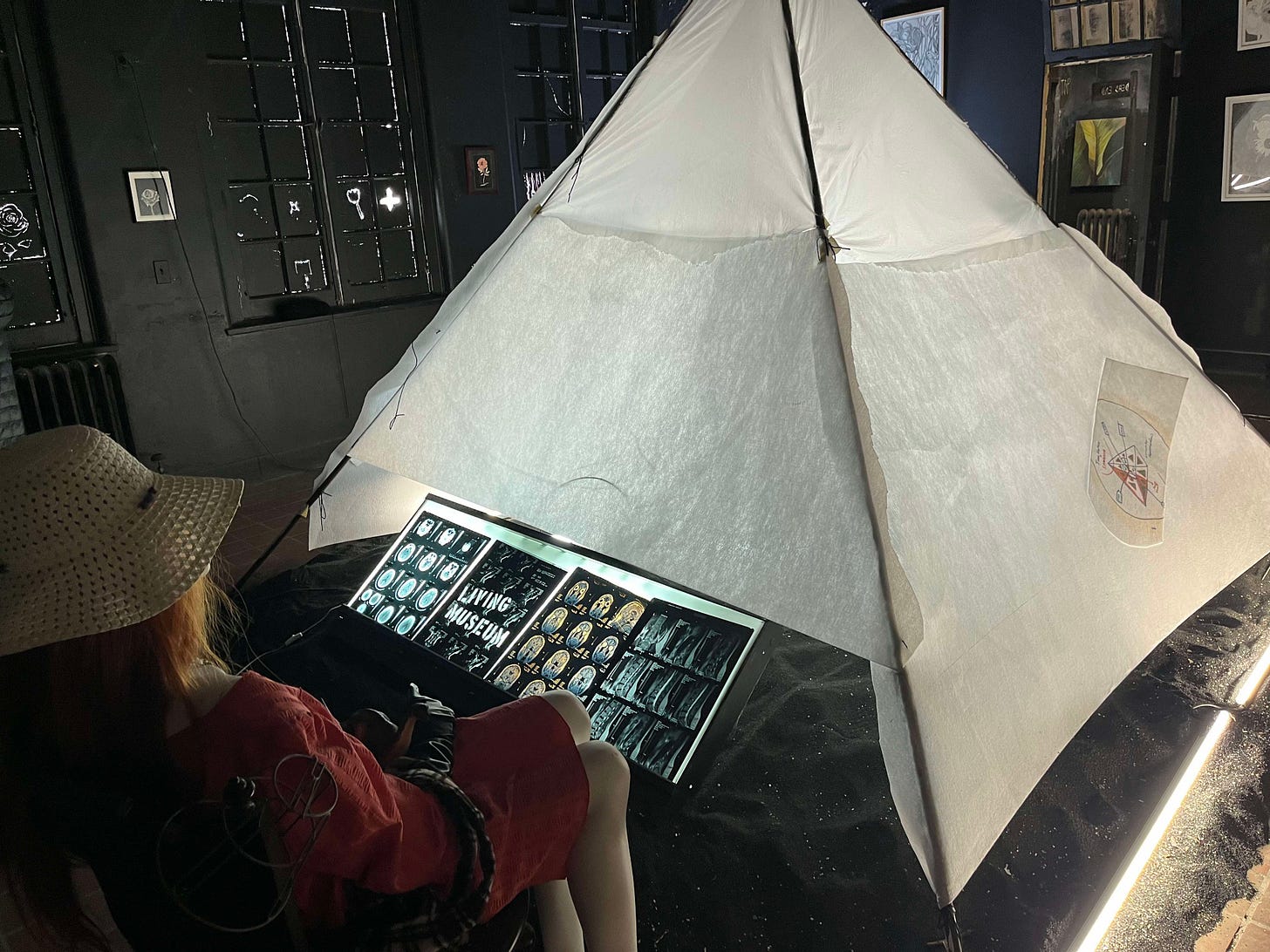
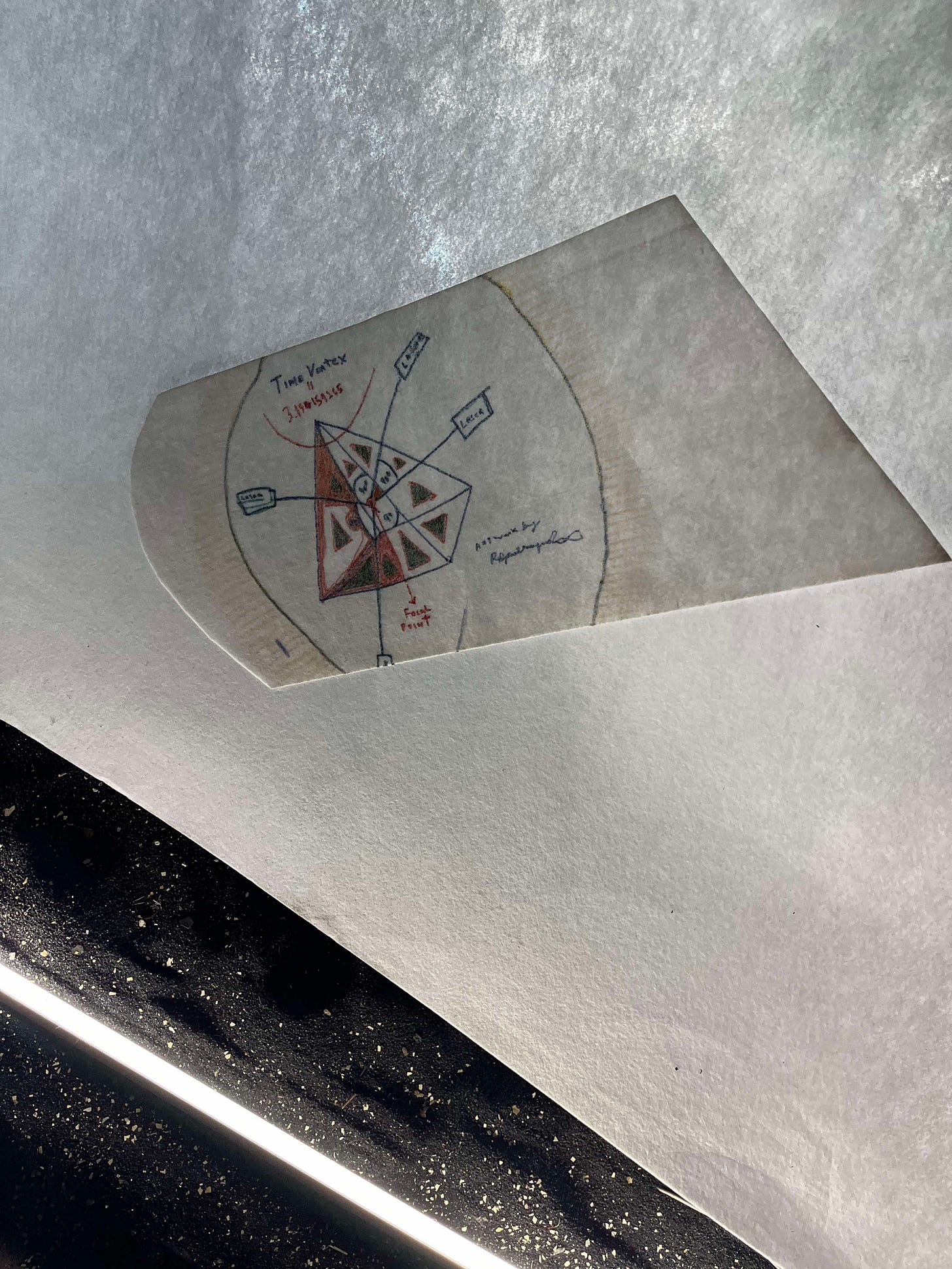
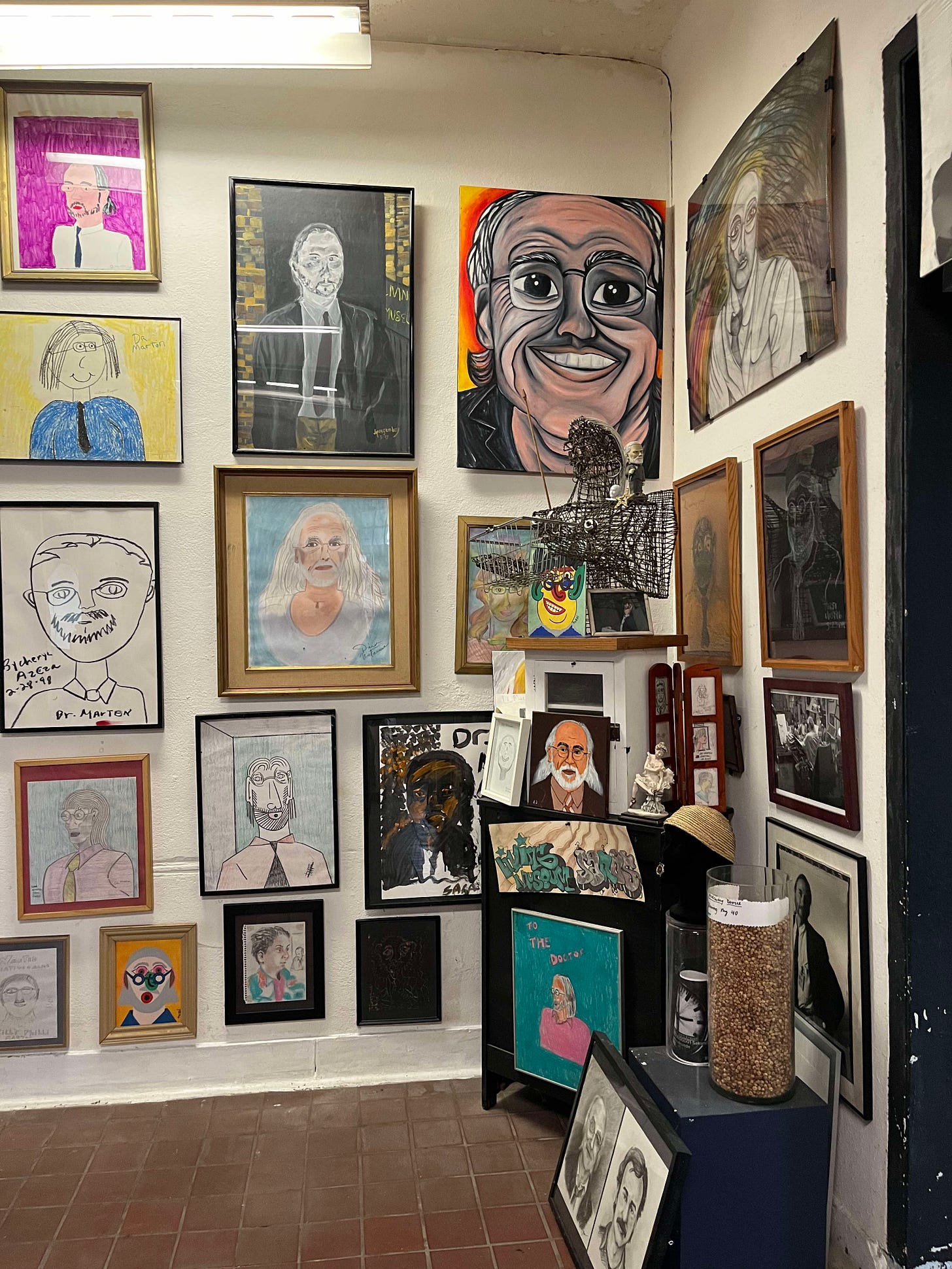
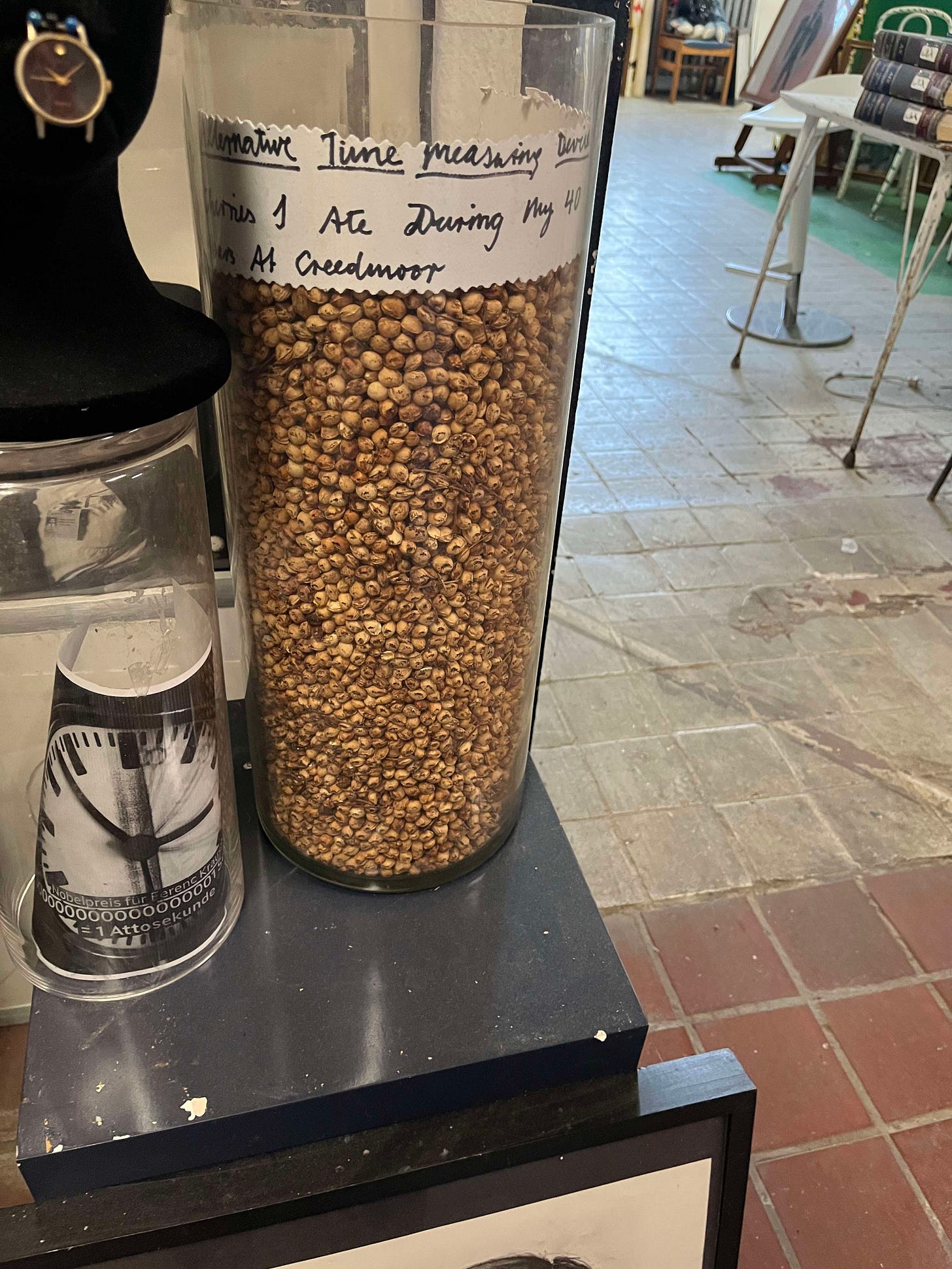
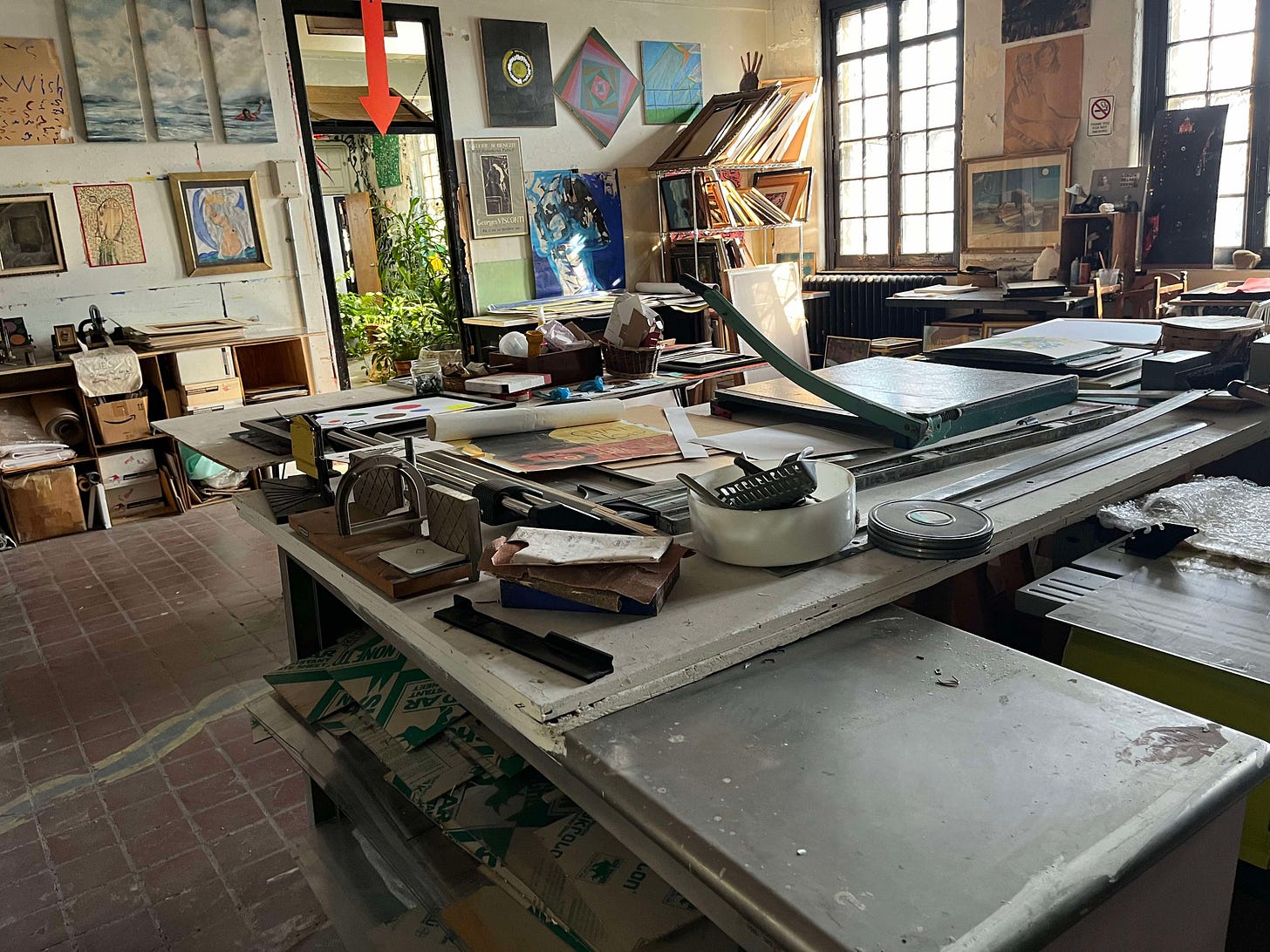
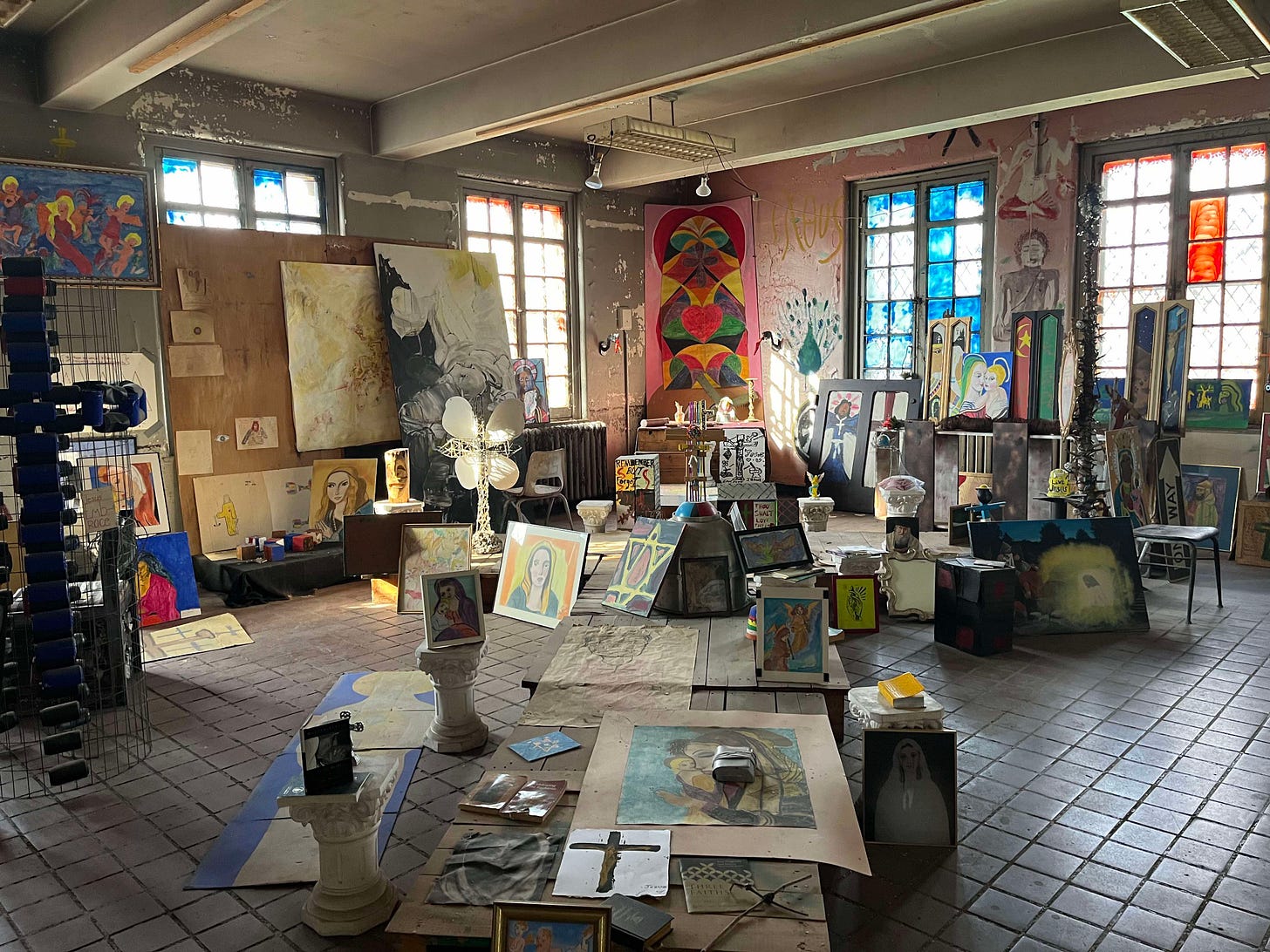
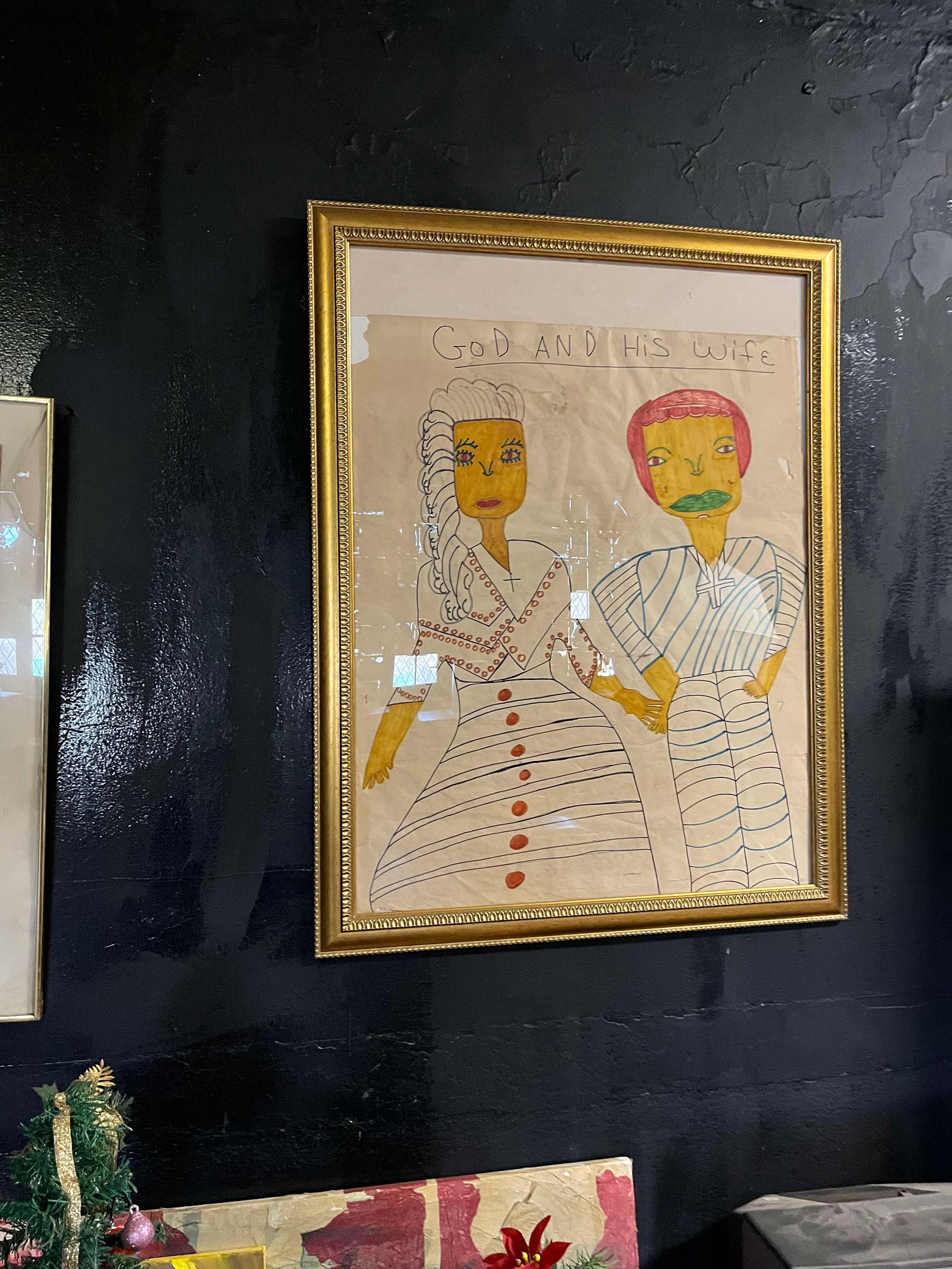
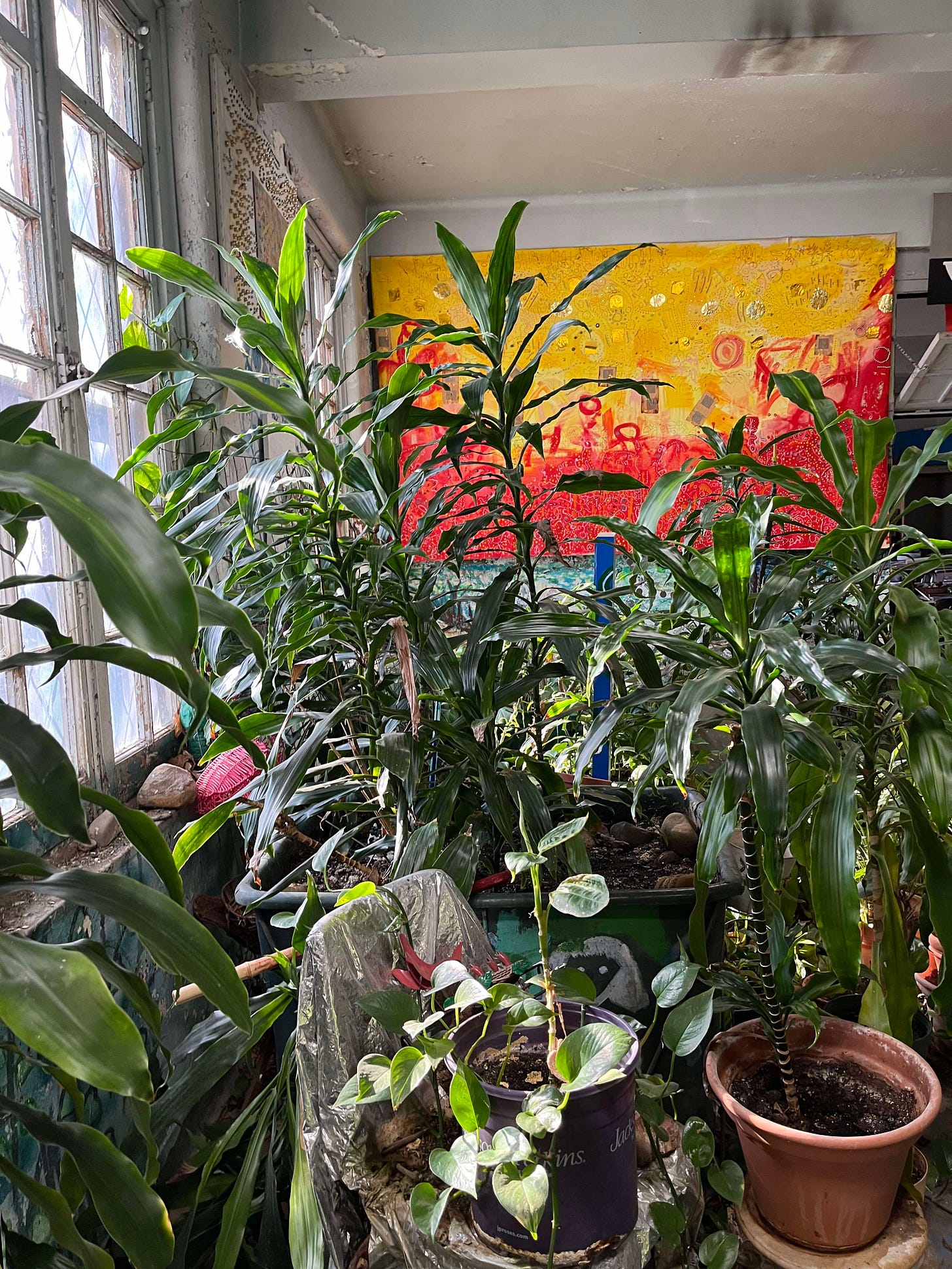
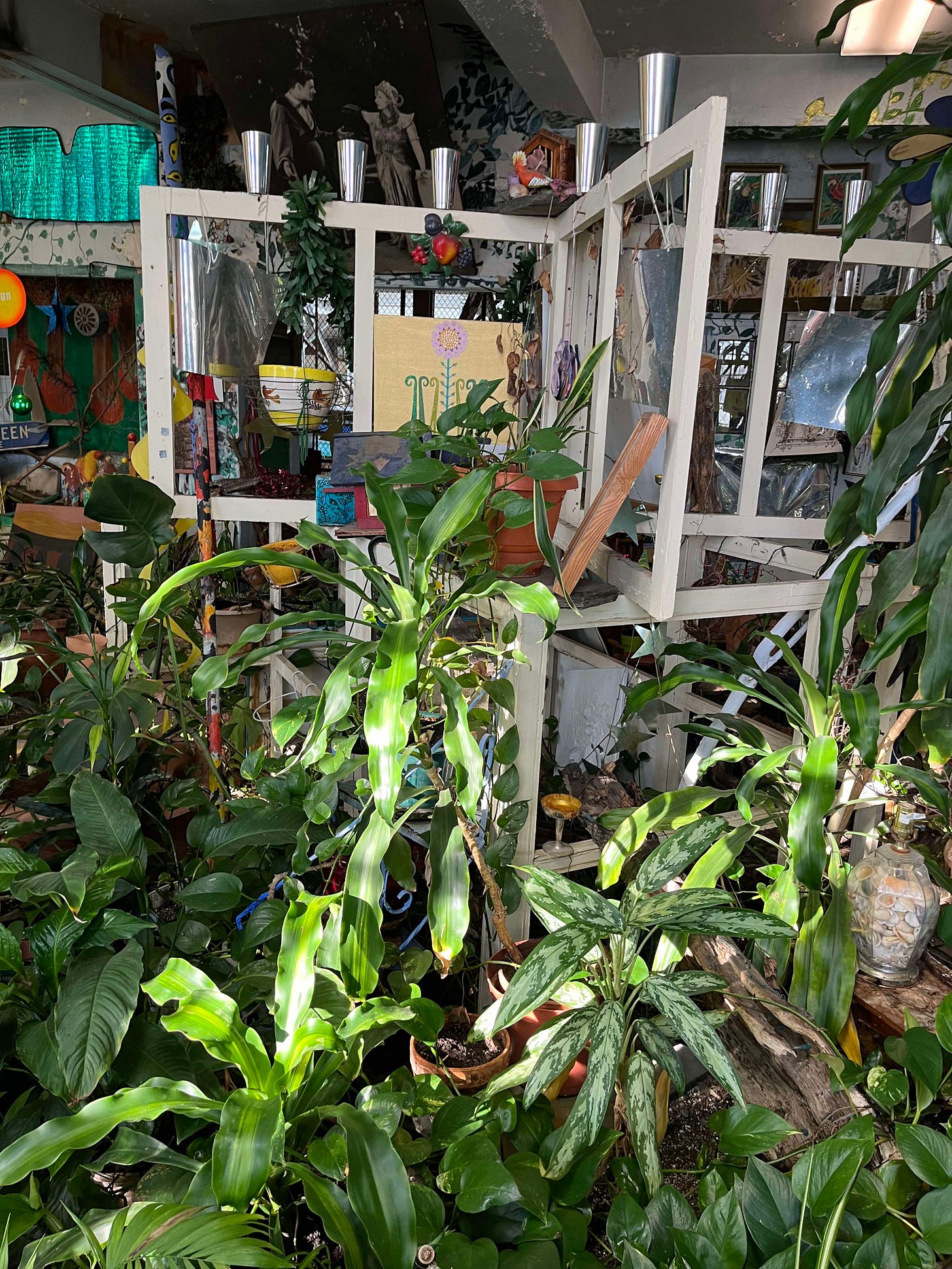
omg cathy this is your best one yet. And you of all people are so qualified to say if this art is as good or better than other stuff you've seen. give us more of your opinions, we want them